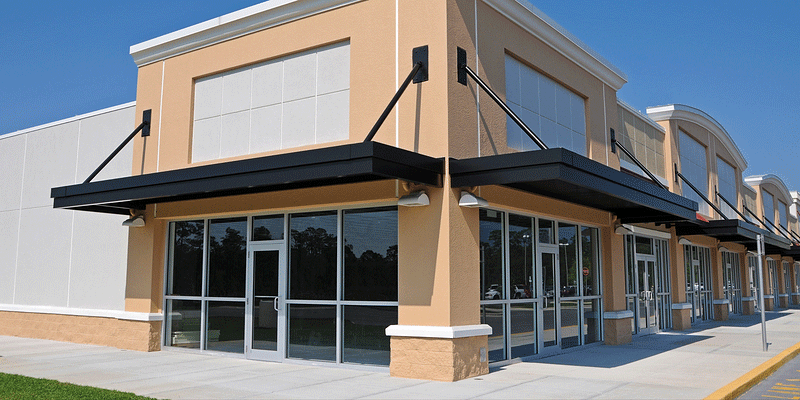The average tenant improvement allowance varies, and doesn’t necessarily include all costs. Tenant improvement allowances seem to be getting tighter, while costs associated with build outs continue to increase. This forces many tenants to dig into their own pockets to make necessary improvements.
How Much Should Average Tenant Allowance Cover?
Project costs may be covered by the TI allowance, but that doesn’t include all costs. For starters, there are a lot of project costs that go above and beyond the basic outfitting of a space such as technology, equipment, relocation, furniture, administrative and so forth. The allowance may not even include all necessary interior elements needed to make the space useable.
A major remodel can cost as much as double the price per square foot as a minor remodeling project. Yet, even similar projects can vary wildly in price based upon any special requirements or the use of high-end finishes. Most landlords are not going to shell out the cash to implement high-end finishes, so if this is something the tenant wants they will likely have to pay out of pocket for it.
Go Into Negotiations With A Clear Idea Of Costs
Before signing a lease both parties go into negotiations over the lease terms and build out. Tenant and landlord should come to the negotiation with a clear idea how much everything is going to cost. Otherwise, it’s not uncommon to agree to an allowance that’s say for instance $10-$20 per square foot. Only to find out this is only enough to cover electrical and plumbing work, but nothing else.
The overall extent of a project may include adding paint and some carpeting, or it could include completely building out a blank space with four white walls. The last thing you want to do is underestimate how much renovations are going to cost. It’s important to do your research and know what you can really expect to pay before getting into what might turn out to be an unfair agreement.
Landlords are willing to expand allowances based on a few different things:
-The value a build out will add to the overall building.
-The current market, a tenant-market is going to offer more flexibility than a landlord-market.
-The overall value of the tenant.
Landlord Control vs. Tenant Control
Who is responsible for hiring the contractor and overseeing the overall project? In most cases, the landlord hires the contractor but this isn’t always the case. Having some interaction from the landlord can be very helpful, as they know the building best.
A turnkey build out is completely handled by the landlord before being turned over and ready to go to the tenant. This gives the tenant little control over the final outcome of the project.
The landlord’s number one goal is to complete the project for as little money as possible. That means even if both parties agree upon $35 per square foot allowance, but the landlord finds cheaper ways and shortcuts to complete the project for $29 per square foot, the tenant just lost $6 per square foot. As a result, tenants could end up with far less than originally bargained for. On the other hand, if costs go over the original agreement the landlord is more willing to pay for these overages because they have seen the project every step of the way and are not just handed a bill.
It doesn’t always have to be this difficult, many landlords and tenants create a more cohesive relationship where they both play a role in the final outcome. For instance, the landlord may be handling the majority of decisions but the tenant’s project manager oversees and has the power to change decisions as needed.
Tenant control build outs give the tenant a lot more control of the final outcome, materials used and so forth. These projects include a set TI allowance, that if exceeded most be paid out of pocket by the tenant.
Protect Yourself
Before you ever sign a lease it’s important to have a clear idea regarding what it will cost to make the space usable, including necessary permitting and any construction. Mechanical, electrical, and plumbing elements should all be considered—what is already available in the building, and what will you need to add? There are always unexpected costs to factor in as well.
Buildings should be inspected to make sure they meet building code regulations from the get-go so that you don’t end up pouring a bunch of money into a building that can’t even meet local codes to begin with.
Things can get heated and confusing throughout the process. That’s why having a trusted General Contractor on your side is fundamental to a successful outcome both parties feel good about.

